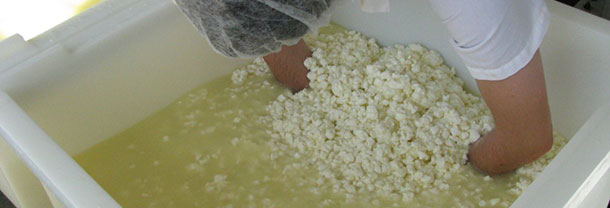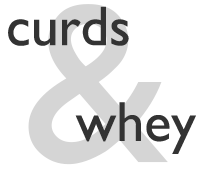
Cultures for cheesemaking explained
Useful information explaining the different types of cheesemaking cultures available:
Starter Cultures
Starter cultures for home cheesemaking are made from specialist bacteria which are added to your milk. Your culture will last for a long period if kept cool and because of its versatility you can make cheese using very small quantities of milk eg 2 litres up to whatever quantity suits you.
With regard to purchasing culture it is wise to purchase culture that has been hygienically and thermetically sealed to avoid any form of cross-contamination and degradation.
Mesophilic Cultures
Mesophilic cultures which thrive at a moderate temperature level with optimal temperature reaching 25degC – 35deg C. Above 40deg C will kill the bacteria Mesophilic cultures are generally used to make cheddar style cheese, gouda, feta, camembert, brie, haloumi, quark,ricotta, mascarpone, manchego, blue cheese, stilton, gorgonzola, lactic butter, some strains of buttermilk etc.
Thermophilic Cultures
Thermophilic cultures which thrive at a higher temperature level with optimal temperatures generally between 35degC to 50deg C. Thermophilic cultures are generally used to make cheeses like parmesan, mozzarella, emmenthal, gruyere, pecorino etc – cheeses which require a higher cooking temperature. The cultures listed below are direct vat set which means they can be added directly to warming milk and do not have to be diluted
Protective Cultures
Protective cultures have been specially developed to improve the quality of various products such as cheese eg to prevent “blowing of the cheese”. Can also be applied in the pharmaceutical and feed areas.
